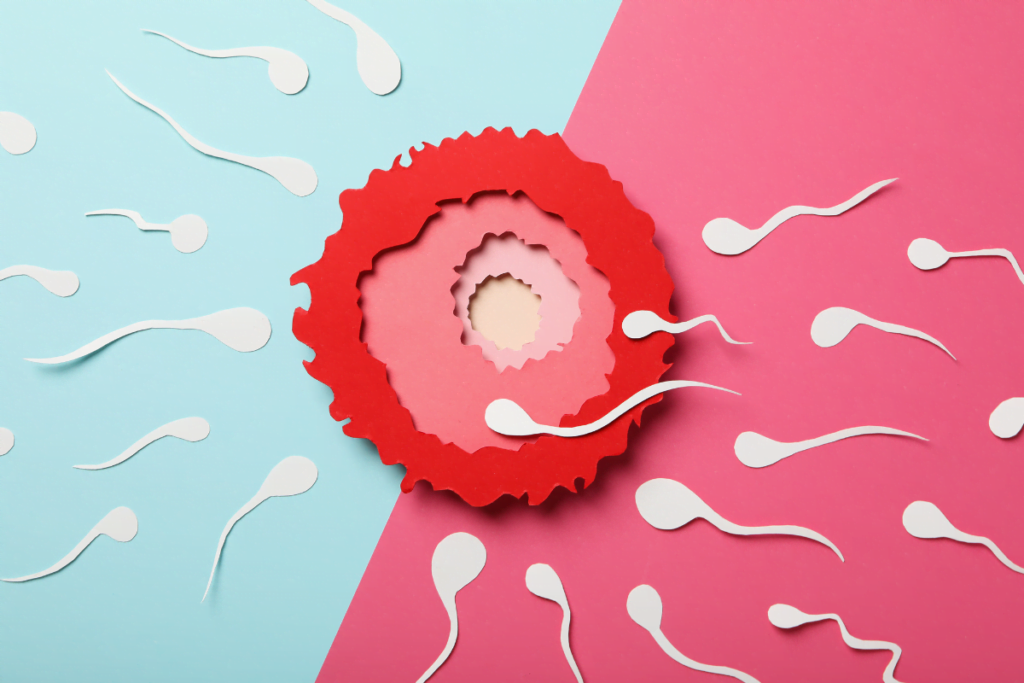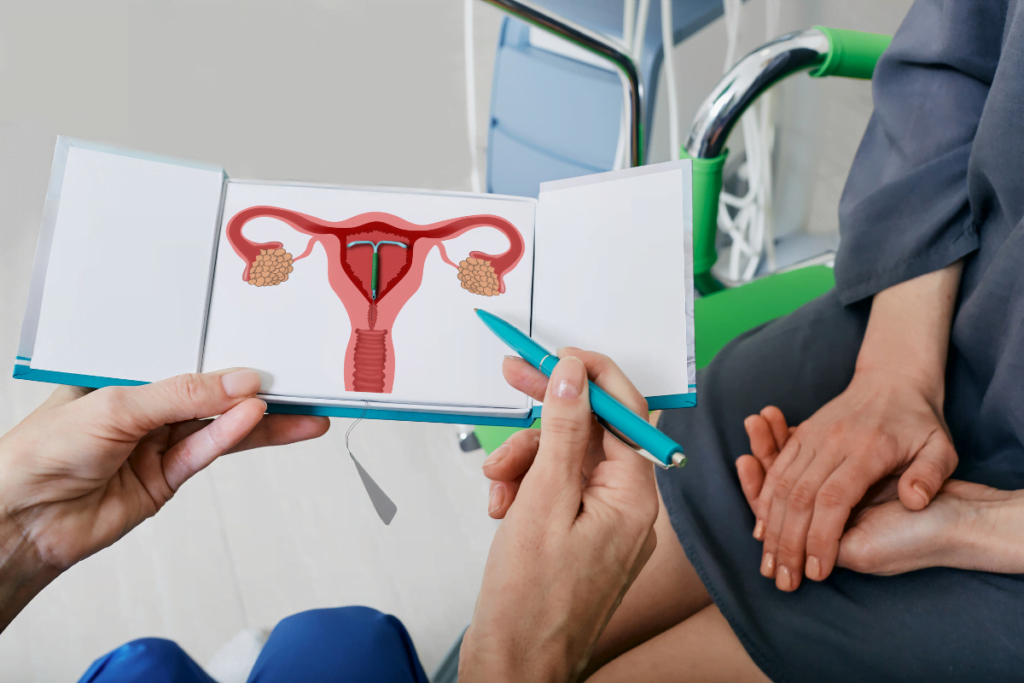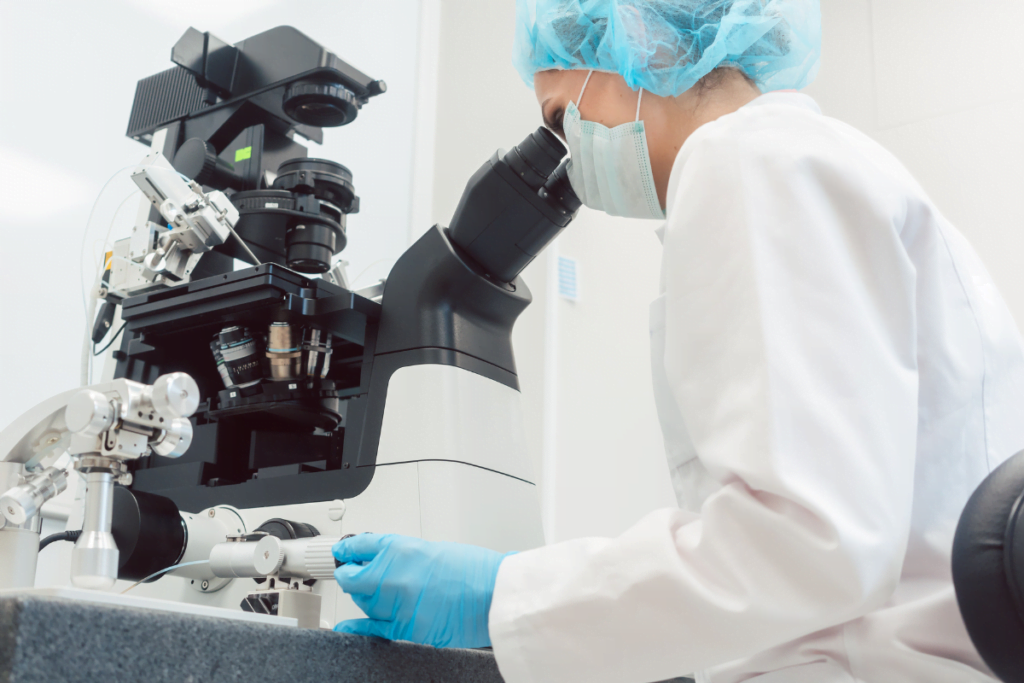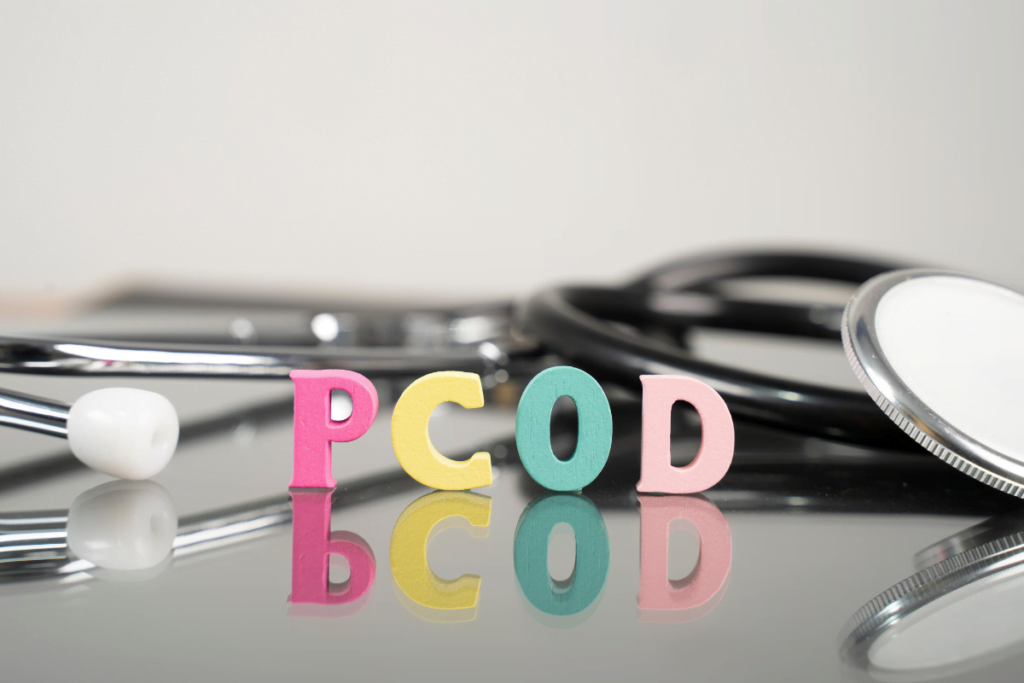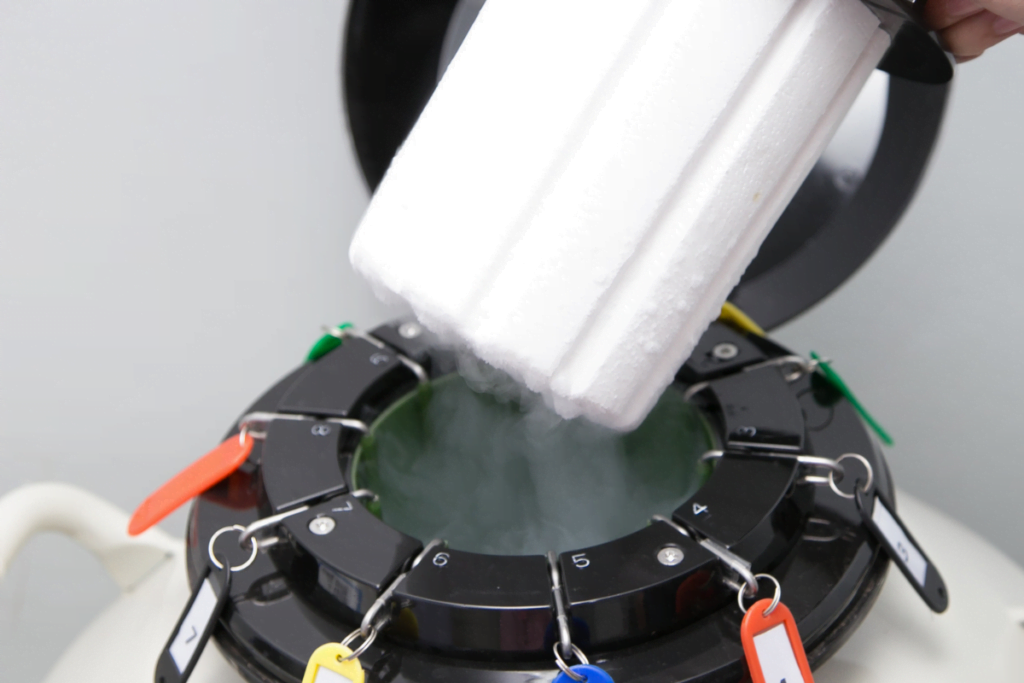Table of Contents
Hydrosalpinx: Causes, Symptoms, and Comprehensive Treatment Options
Introduction
Hydrosalpinx is a condition where the fallopian tube becomes blocked and filled with fluid, often leading to infertility. This condition can significantly impact a woman’s ability to conceive naturally. At Valley Fertility Centre, the best fertility centre in Srinagar, we specialize in diagnosing and treating hydrosalpinx, offering hope and solutions to those affected. In this article, we will explore the causes, symptoms, and treatment options for hydrosalpinx, as well as answer some frequently asked questions to help you better understand this condition.
What is Hydrosalpinx?
Hydrosalpinx refers to the accumulation of fluid in a fallopian tube, causing it to become distended and blocked. The term comes from the Greek words “hydro,” meaning water, and “salpinx,” meaning tube. This blockage prevents the egg and sperm from meeting, thereby causing infertility. Hydrosalpinx usually affects both tubes, but it can also occur in just one tube.
Causes of Hydrosalpinx
Understanding the causes of hydrosalpinx is crucial for proper diagnosis and treatment. Some common causes include:
- Pelvic Inflammatory Disease (PID): One of the most common causes of hydrosalpinx, PID is an infection of the female reproductive organs, often resulting from sexually transmitted infections (STIs) like chlamydia or gonorrhea. The infection can lead to inflammation and scarring, causing fluid to accumulate in the fallopian tube.
- Endometriosis: Endometriosis is a condition where tissue similar to the lining of the uterus grows outside the uterus, including on the fallopian tubes. This can cause blockages, fluid accumulation, and lead to hydrosalpinx.
- Tubal Surgery: Previous surgical procedures involving the fallopian tubes, such as surgeries for ectopic pregnancies or tubal ligation (sterilization), can cause scarring or damage, leading to the development of hydrosalpinx.
- Adhesions: Adhesions are bands of scar tissue that can form after surgery, infection, or endometriosis. These adhesions can cause the fallopian tubes to twist, bend, or become blocked, resulting in hydrosalpinx.
- Tuberculosis: In rare cases, genital tuberculosis can affect the fallopian tubes, causing inflammation and blockage, which may lead to hydrosalpinx.
- Congenital Abnormalities: Some women may be born with structural abnormalities in their fallopian tubes, making them more prone to developing hydrosalpinx.
Symptoms of Hydrosalpinx
Hydrosalpinx may not always present obvious symptoms, which can make it challenging to diagnose. However, some women may experience the following symptoms:
- Infertility: The most common symptom of hydrosalpinx is difficulty conceiving. The blockage prevents the egg and sperm from meeting, leading to infertility.
- Pelvic Pain: Some women may experience chronic or intermittent pelvic pain, which can be mild to severe. This pain is often associated with other underlying conditions like PID or endometriosis.
- Abnormal Vaginal Discharge: In some cases, women with hydrosalpinx may notice a watery, clear, or slightly discolored vaginal discharge. This discharge is usually odorless.
- Pain During Intercourse: Women with hydrosalpinx may experience pain or discomfort during sexual intercourse, known as dyspareunia.
- Menstrual Irregularities: Although less common, some women may experience irregular or painful periods due to underlying conditions associated with hydrosalpinx.
Diagnosing Hydrosalpinx
At Valley Fertility Centre, we use several diagnostic methods to accurately diagnose hydrosalpinx:
- Ultrasound: A pelvic ultrasound can help visualize the fallopian tubes and detect any fluid buildup or abnormalities. While not always definitive, it is a useful initial diagnostic tool.
- Hysterosalpingography (HSG): An HSG is an X-ray procedure where a dye is injected into the uterus and fallopian tubes. The dye helps outline the shape of the tubes and show any blockages or fluid accumulation.
- Laparoscopy: This minimally invasive surgical procedure involves inserting a small camera through a tiny incision in the abdomen to directly observe the fallopian tubes. Laparoscopy can provide a definitive diagnosis of hydrosalpinx and allow for treatment during the same procedure.
- Sonohysterography: This ultrasound procedure involves injecting saline into the uterus to help visualize the uterine cavity and fallopian tubes more clearly. It can help detect fluid-filled tubes indicative of hydrosalpinx.
Treatment Options for Hydrosalpinx
Treatment for hydrosalpinx depends on the severity of the condition, the patient’s symptoms, and their fertility goals. Some common treatment options include:
- Antibiotics: If hydrosalpinx is caused by an infection, antibiotics may be prescribed to treat the infection and prevent further damage to the fallopian tubes.
- Surgical Removal: A common treatment for hydrosalpinx is surgical removal of the affected fallopian tube(s). This procedure, known as salpingectomy, is often recommended before undergoing in vitro fertilization (IVF) to improve the chances of success.
- Tubal Ligation Reversal: For women who have undergone tubal ligation, a procedure to reverse the sterilization can sometimes restore fertility if hydrosalpinx is present.
- Tubal Cannulation: This procedure involves inserting a catheter through the cervix and uterus to open the blocked fallopian tube. It is typically used for less severe blockages.
- In Vitro Fertilization (IVF): IVF is a common treatment option for women with hydrosalpinx, especially if both tubes are affected or other treatments have failed. IVF bypasses the fallopian tubes by fertilizing eggs in a laboratory and then implanting the embryos directly into the uterus.
FAQs About Hydrosalpinx
- Can hydrosalpinx be treated without surgery? In some cases, antibiotics may treat the underlying infection causing hydrosalpinx. However, surgery is often required to remove the blocked tube or improve fertility outcomes.
- How does hydrosalpinx affect fertility? Hydrosalpinx prevents the egg and sperm from meeting, leading to infertility. The fluid in the tube can also be toxic to embryos, reducing the success of fertility treatments like IVF.
- Can I still conceive naturally with hydrosalpinx? Natural conception is possible if only one tube is affected and the other is healthy. However, fertility may still be reduced.
- Is hydrosalpinx painful? Some women with hydrosalpinx experience pelvic pain, while others may have no symptoms. Pain levels can vary depending on the severity of the condition.
- What is the success rate of IVF for women with hydrosalpinx? The success rate of IVF for women with hydrosalpinx is generally lower than for those without. However, removing the affected tube(s) before IVF can improve success rates.
Conclusion
Hydrosalpinx is a significant cause of infertility in women, but with the right diagnosis and treatment, many women can overcome this challenge and achieve a successful pregnancy. At Valley Fertility Centre, we provide comprehensive care and advanced treatments for hydrosalpinx. If you suspect you may have hydrosalpinx or are experiencing infertility, schedule a consultation with our experts today.



